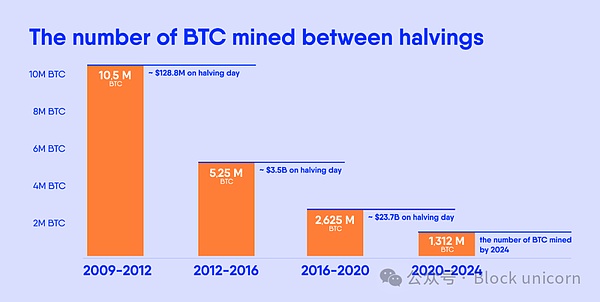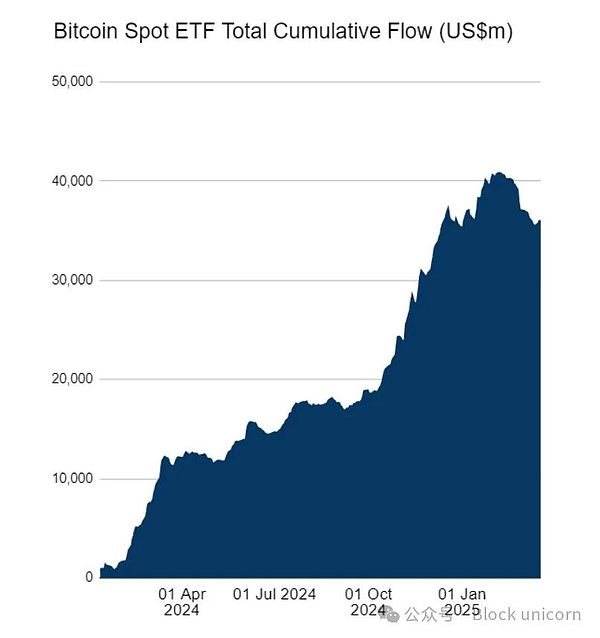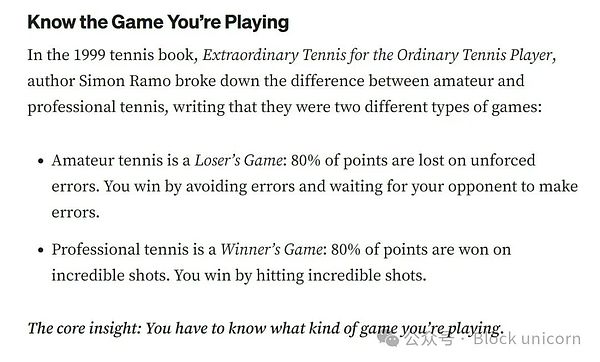Author: Duo Nine YCC; Compiler: Block unicorn
Is the four-year cycle dead?
In this article, I will answer this question, explain why the past two years have changed everything, and then make a very important suggestion. Let's get started.
What is the four-year cycle?
This four-year cycle is derived from the fundamentals of Bitcoin. Every four years, Bitcoin's inflation rate will be halved. Back in 2012, the first halving event reduced the issuance of new Bitcoins by 50%, from 50 BTC per block to 25 BTC.
This had a huge impact on the supply and demand balance of Bitcoin, especially during the first two halving events in 2012 and 2016. At that time, the price of Bitcoin soared as supply could not keep up with demand. Other cryptocurrencies (altcoins) also rose.
However, the impact of each new halving event on the price is getting weaker. The most recent Bitcoin halving in 2024 will only reduce the issuance of new Bitcoins from 6.25 BTC to 3.12 BTC.

Considering that almost 95% of all Bitcoin is already in circulation (nearly 20 million BTC out of 21 million BTC), the impact of future halving events on price is rapidly becoming insignificant.
What worked a few years ago, no longer works today. You can’t “print free money” by buying any cryptocurrency like you could in the past.
Today, we have new factors that have a more fundamental impact on crypto cycles than Bitcoin’s halving schedule. It's time to upgrade your thinking! More on that below.
Why have the past two years changed everything?
Two things that changed the cryptocurrency space in the past two years are:
Cryptocurrency ETFs (Exchange Traded Funds) Launched
Altcoin Inflation
Bitcoin received its first ETF approval
in early 2024. This suddenly opened up the global market for Bitcoin. Now, anyone can add Bitcoin to their retirement portfolio, which was impossible in the past.
This represents a massive influx of new money into Bitcoin that didn’t exist before. But there’s a problem.
As money flows into the Bitcoin ETF, this creates buy pressure on the Bitcoin spot price. However, this liquidity never really leaves the Bitcoin ETF and flows into altcoins, because there are no altcoin ETFs other than Ethereum. And demand for the Ethereum ETF has been disappointing to date, totaling just $2.5 billion.
As of early 2025, nearly all of the ETF liquidity has flowed into Bitcoin, totaling $40 billion, as shown in the chart. No wonder Ethereum has been down against Bitcoin for years. The same is true for most altcoins.

That's why, for the past two years, everyone is still waiting for a "real" altcoin season that may actually never come. The altcoin rally in November 2024 pales in comparison to previous cycles.
While SOL, XRP, BNB, and TRX set new all-time highs, these prices are not far from past highs, while most altcoins, such as Ethereum or ADA, failed to set new all-time highs. This is a clear sign that altcoins are lagging behind compared to Bitcoin.
Why?
Dilution of altcoins.
There are simply too many altcoins today (in the millions) compared to previous cycles. I explored this in detail in a past article. In short, the altcoin season was hijacked by Solana and its meme coin. This essentially sucked all liquidity out of altcoins.
Soon after, when Solana’s music was the loudest, Trump entered the stage in January 2025 and
broke the party. This also ended People who play winner games (Bitcoin)
In the first case, tennis players must try their best to reduce their mistakes, because as long as they do this, they can beat most of their opponents who make more mistakes. It is a loser's game because losing less than most makes you a winner.
In the second case, the tennis players are the best of the best. Their game is no longer about losing less points, but about skill and being a winner. It is a winner's game played by winners (top players).
In crypto, if you play the altcoin game, you are playing a loser's game, and to win you need to pick altcoins that lose less than the rest. However, you can totally ignore this and choose to play the winner's game by buying Bitcoin!
It's time to look at Bitcoin and why it will continue to win regardless of the four-year cycle narrative, which is no longer relevant based on the past two years.
Why Bitcoin is still king?
I promised you a tip at the beginning of the article.
The goal is to play the winner game and focus on Bitcoin. This is how you win in the long run. That narrative is no longer valid. However, the case to continue buying Bitcoin is stronger than ever.
I can't say the same for altcoins.
The game is getting harder and harder, and picking winners becomes a losers game over time. This is the exact opposite of betting on Bitcoin and more like betting on the Turkish Lira to protect your wealth. We also know how that ended.
 Miyuki
Miyuki






